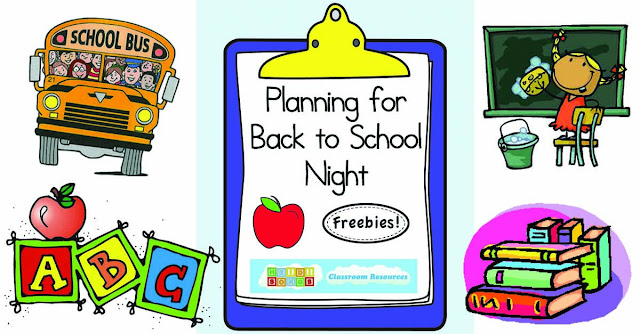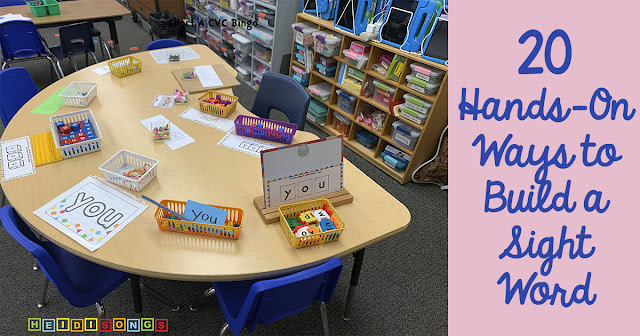Back To School Night Presentations
My Back To School Night Presentation has grown over the years, and it is probably a bit too long by now! Last year, I made my first power point presentation to show for Back to School Night, and now I would never want to give the presentation without it! Below I have listed the most important elements of this presentation. Also included are lots of pictures of special events from previous years’ Kindergarten classes. I include photos of the important items that I am discussing, such as our “All About Me” bags for sharing, the children’s book bag for homework books, plus the book bags for our library books.
My Back to School Night Presentation Includes:
1. Review of general procedures regarding homework, Read Aloud Charts, birthdays, sharing days (or each child’s “All About Me” week.
2. Go over Monthly Themes and Special Events handout, and discuss the highlights.
3. Give library days and policy for checking out homework books.
4. Discuss the Accelerated Reader Program.
5. Discuss Book Buddies Program.
6. Discuss computer lab usage.
7. Discuss the use of manipulatives and hands-on activities in the classroom, and it’s implications for make-up work. (If a child misses school, there may not be much “make-up work” for the child to do at home, since most of the work is done with real objects rather than worksheets. Regular attendance is vitally important.
8. Discuss the daily schedule including lunch procedures. (You can read more about our schedule here.)
9. Review procedures for dropping of children when late to school, and where to pick up children at the end of the day.
10. Discuss the state standards and “Goals to Reach By June” handout.
11. Explain the purpose of Zoo-Phonics and Jumpin’ Numbers programs. Show hand motions.
12. Explain the use of sight word spelling songs, Rainbow Words, and the use of reading manipulatives such as letter beads and forming words out of play dough.
13. Explain the use of Sounding Out Words Practice Charts and flash cards for CVC word practice at home.
14. Discuss how parents can help children with writing assignments. Explain what a “word wall” is for, “kid writing vs. adult writing,” and inventive spelling used as tools to help young writers.
15. Discuss phonemic awareness expectations.
16. Discuss story retelling expectations.
17. Discuss state standards for math. Give examples of what the children will do as far as patterning, sorting, addition, and subtraction are concerned.
18. Explain the problem solving test as it is given in my district and give examples of questions.
19. Explain the district’s policy on retention/repeating the Kindergarten year, and how parents can know how their child is doing.
20. Discuss what parents can do to help their children succeed.
21. Discuss what parents can do to reinforce school rules.
22. Using a projector and a computer, show pictures of the current class doing some of these activities.
Afterwards, of course, I try to allow time for questions. In addition to the documents posted here, I give everyone a copy of the Zoo-Phonics and Jumpin’ Numbers Flash Cards to practice with at home.
----------------------------------
Follow me! Did you enjoy this post? Do me a favor and share it with your friends! And follow this blog by signing up for my email updates, or follow on Bloglovin', or follow me on TPT! I'm also on Pinterest, Facebook, Twitter, Instagram, Google+ and YouTube, too! Don't forget to sign up for our email newsletter (at the bottom of this page) for special deals and promo codes that you won't find out about anywhere else.











